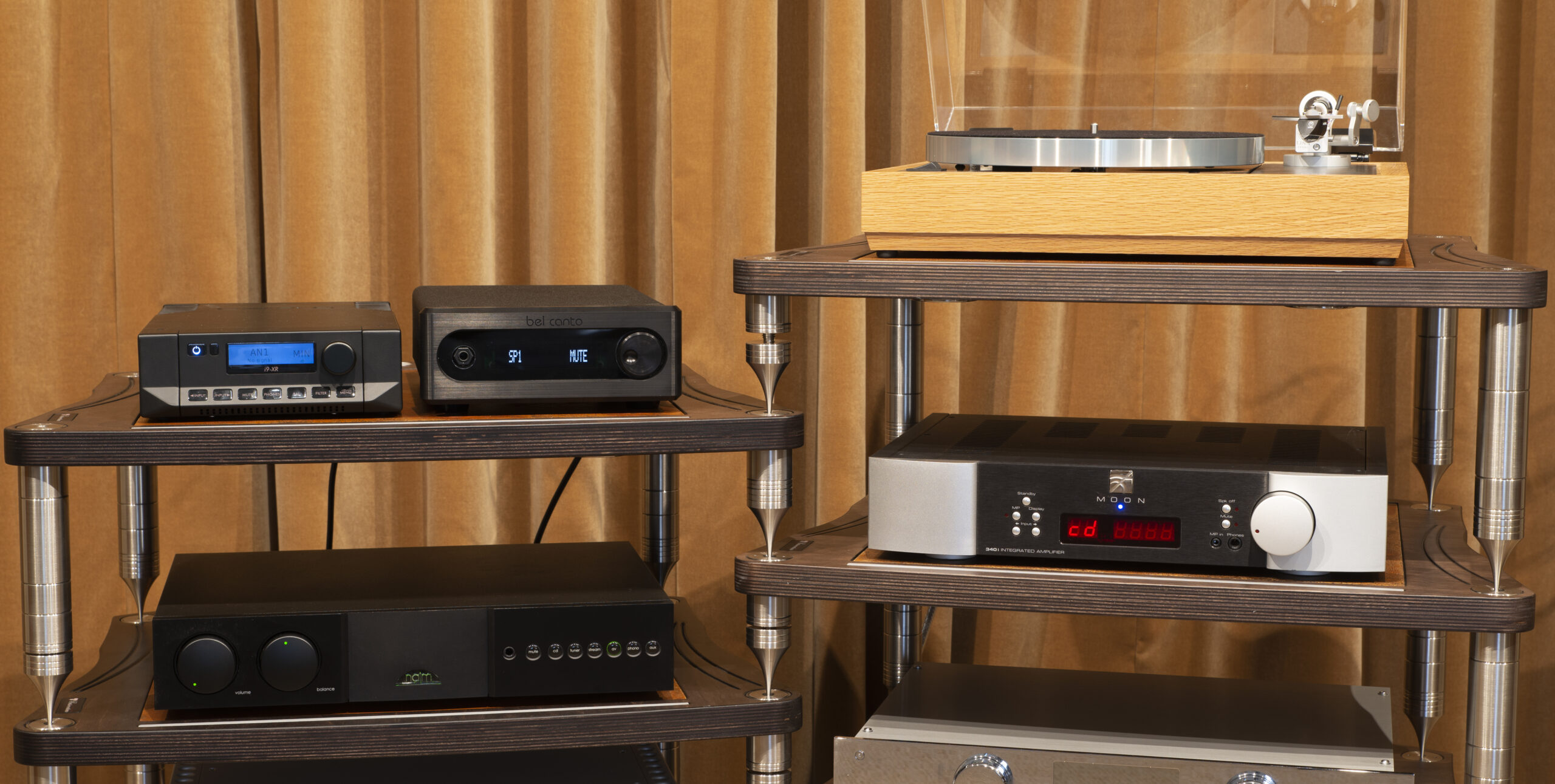
£3,000 to £5,000 amplifier comparison
We had two almost identical demonstrations recently, with both sets of customers looking to upgrade their amplifiers for use primarily with vinyl. The same four models were under consideration due largely to the inclusion of onboard phono stages – the Naim Supernait 3, Bel Canto C6i, Cyrus i9XR and Moon 340iX (with optional mm/mc phono and DAC), but we had different outcomes.
This kind of comparison happens frequently but it still fascinates us how different customers – often with very similar taste in music – can ultimately choose different models based on sound quality and which they feel to be better. Following completion of the last demonstration we thought we’d take the opportunity to compare these models directly for ourselves and document our findings. We kept with the Linn Majik LP12 we’d been using for the customer demonstrations, as following recent updates, this model represents (subjectively) very good value for money.

The Majik LP12 is now offered in two versions – Majik MM with the Adikt cartridge as has been available for a while, and also the Majik MC following the recent release of the Koil moving coil cartridge. The Adikt equipped example is the clear choice here as it would work perfectly with the phono stages fitted to all of these amplifiers (the Moon 340iX D3PX we used had the optional MM & MC phono stage (and DAC) fitted while the others were MM only, however, the MM only stages are included as standard). Also, the Supernait 3 was the only purely analogue amplifier with the others including a DAC (albeit an optional one for the Moon).
As for loudspeakers we continued with the last model used in the demonstration – the truly excellent ProAc D2R. These loudspeakers are an ideal match for the amplifiers we’re comparing here, offering transparency and musicality beyond what their price would suggest. Cabling was the go-to at this level – the Epic X from Chord.
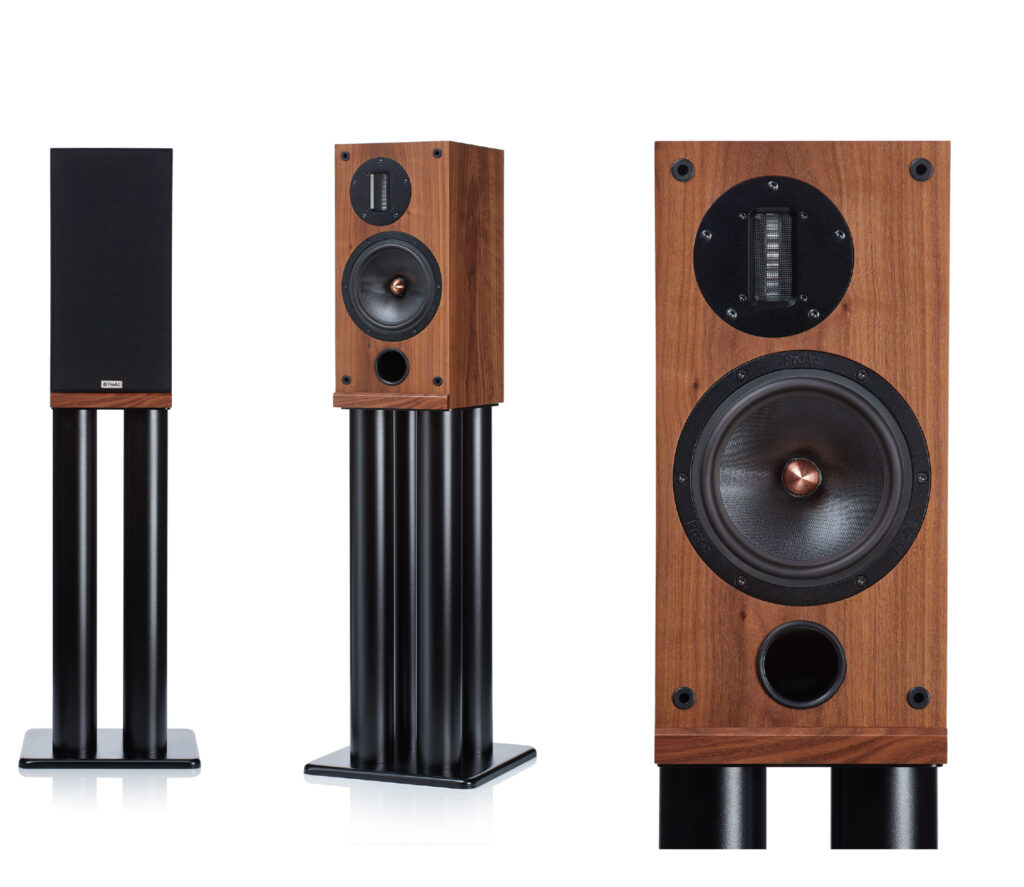
Playing the same piece of music on each amplifier in turn, we began with Mozart’s Violin Concerto No 4 (DGG SLPM 139463 on a new Clearaudio pressing), using the randomly selected Bel Canto C6i (the order of testing and writing being purely random and not implying any ranking).
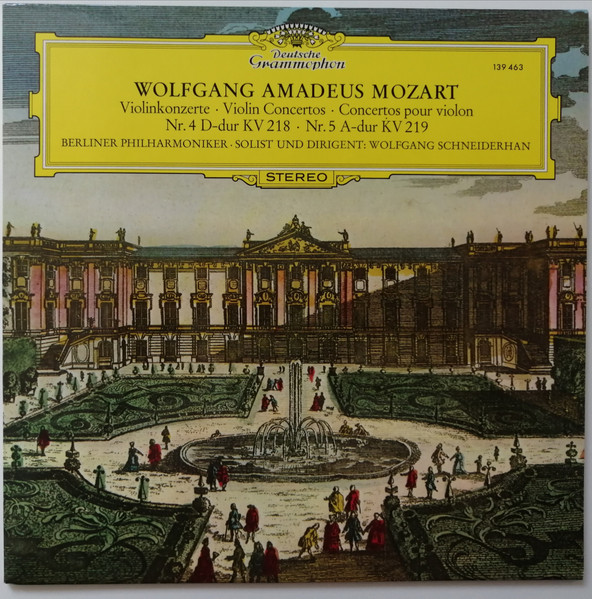
We’ve always loved the Bel Canto’s neutral delivery with classical music, and this occasion did not disappoint. Here we heard a lovely, sweet string tone and pleasingly realistic, spacious sense of the venue’s acoustics, with the sound of the concert hall clearly audible behind the orchestra.
Next up was the Naim Supernait 3 which didn’t deliver the same sweetness of tone or acoustic spaciousness that the Bel Canto did so freely, but in true Naim fashion it provided a vigorous view of the performance. Indeed, the Supernait 3 delivered the essential structure of the music in the way Naim’s electronics always do — with precision and solidity.

Connecting the Moon 340iX proved to be very interesting, because it seemed to deliver a mix of characteristics shown by the Bel Canto and the Naim. Not quite as sweet as the Bel Canto or so vibrant a window into the music as the Naim, but a finely balance blend. Compared to the Bel Canto, the Moon’s orchestra was set slightly back, with the acoustic space not quite so clear, but with much of the sweetness of string tone that the Bel Canto achieved so nicely, coupled with much of the Supernait’s precision. So – almost a sweeter sounding Naim!

Coming finally to the Cyrus i9, this reproduced possibly the freshest and most atmospherically clear and open sound of all the amplifiers on this piece of music. The bass was fast and clean while string tone was full of detail and clarity. For instance, the overtones created by rosined hair on string were more clearly audible than on the others. Every phrase — and the violinist’s technique – were easy to hear. In this regard the i9 was closer to the Bel Canto being as, or possibly a touch more, transparent. However, the extreme treble of these two amplifiers is fundamentally different, and the Bel Canto’s bass is a little warmer. The Bel Canto is sweet and smooth – quite forgiving in many ways, whereas the Cyrus’ treble is wispier and more analytical.

Of course, it’s all very well playing a nice gentle piece of classical music with its natural instruments and acoustics, but we also needed to flex these amplifiers’ muscles with something more demanding in the dynamics department. Prince’s ‘Purple Rain’ was chosen for this purpose. Not only is it a great studio production, the vibrant mix, complex rhythms, and powerful bass lines really push the envelope for both the amplification circuits and power supplies. If anything can catch out these amps, this is it!

As it was already connected, we started our Prince session with the Cyrus i9 and were treated to oodles of reverb and echo thrown into the mix. Prince’s vocals and echo rang out loud and clear, as did the nicely positioned backing vocals. Even reverb added around the drums, shakers and snares was clearly audible, while the pounding bass lines came across as solid and punchy. This is a hot recording in more ways than one, and the Cyrus’ treble quality is quite explicit in revealing that.
Somewhat predictably, The Bel Canto C6i presented a softer and sweeter interpretation. The opening guitar intro sounded smooth, clear, open, rich, and warm. Indeed, all the instruments seemed sweeter via the C6i. Vocals via the Bel Canto sounded very good – set back slightly further in the mix (compared to the Cyrus) — and made for a very pleasing tonality, albeit lacking some of the Cyrus’s excitement, bass end punch and depth.
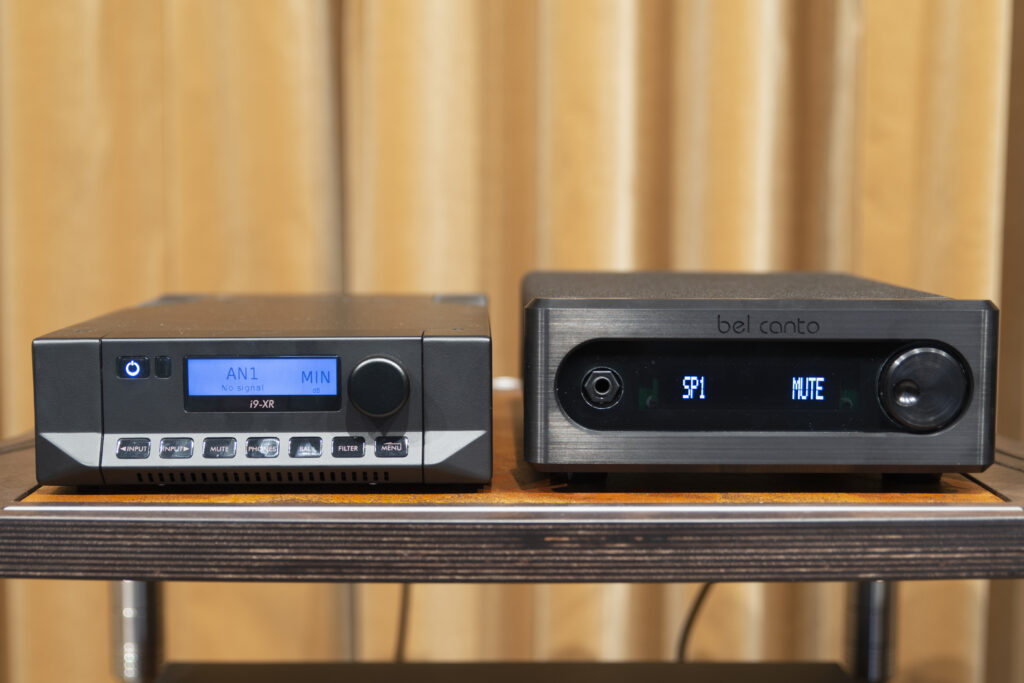
So, we then connected the Naim Supernait 3 up again. Well, right from the intro, this integrated amp captured the atmosphere, drive, and structure. It literally grabbed the music by the throat and thrust it at us! Bass guitar lines were clearly and solidly laid down and there was real form and force behind them. Cymbals were well controlled – plenty of energy, but not overheated. Vocals from Prince and his backing singers were also nicely textured, and overall, the Supernait 3 makes more musical sense out of this complex and potentially messy mix than the other amplifiers. There’s a characteristic touch of hardness in the treble, but this does not spill over into exaggeration.
Finally with Prince, came the Moon 340iX. This immediately produced a richly toned sound, accompanied by a good helping of the Naim’s gravitas and sense of structure. Vocals were accompanied by all the reverb and echo plate sounds ladled into the mix. Here also was plenty of bass end punch. Cymbals and shakers were clearly reproduced but not over-emphasised. As with the Mozart, the Moon somehow brought to the table warmth detail and smoothness, yet we didn’t think we were missing very much if anything, in the way of definition or dynamics.
To finish off we listened to Ben Britten’s Young Person’s Guide to the Orchestra (BBC Symphony Orchestra conducted by Sir Malcolm Sargent on EMI SXLP30114), starting with the Moon 340iX.

Once again, we were engaged by the full-bodied sound – the woodwind and brass were rich and clear without ever becoming harsh or piercing. Even the delicate piccolo shone through clearly without being lost. The double basses provided their deep growling under-pinning to the orchestra very effectively, while the kettle drum, triangle and tambourines were all very nicely separated in stereo space. The massed strings sounded glorious too, and indeed the whole orchestra appeared to be laid out beautifully in front of us, with the venue’s acoustics audible behind and around it – all richly textured and believable.
Next, we changed to the Naim Supernait 3 which provided a bolder, drier and more brightly lit version of the orchestra than the Moon. While the definition and precision were not in doubt, the sound seemed less appealing with this music than the Moon. The Naim did not seem to lay the orchestra out in space within the acoustics in quite the same way that the Moon did, yet as with the Prince track, the precise timing, drive, and powerful analysis of the SuperNait 3 excelled!
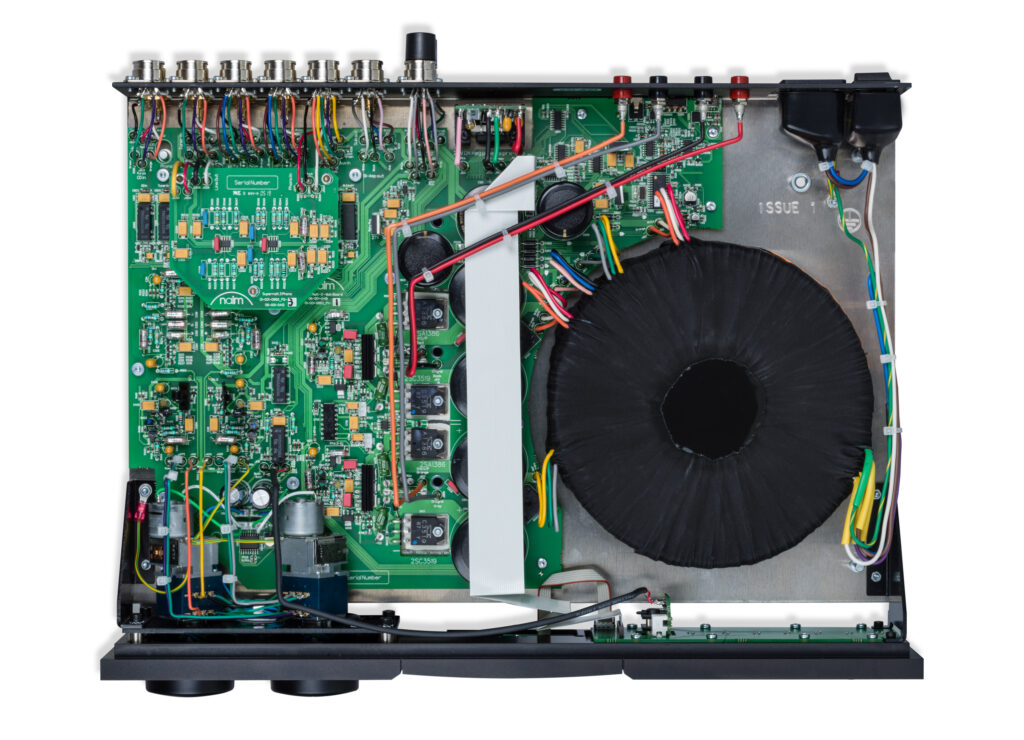
Cyrus’ i9 predictably delivered a beautifully spacious, open sound when playing this piece of music, with all the clarity and transparency of the Bel Canto and maybe even more. It may not have the warmth of the Moon, or the sweetness of the Bel Canto, but the i9 delivers a huge amount of musical detail, and certainly produced a very engaging sound.
Finally, we tried the Bel Canto C6i and were treated once again to the lovely smoothness, clarity, and depth which this little amplifier delivers, and which is particularly appreciated on classical and orchestral recordings. Its tonality is beguiling — for instance, the rich harmonics of kettle drums are revealed clearly but in a subtle manner. It may lack the warmth and heft of the Moon and the drama, definition and slam of the Naim, but its take on a natural balance felt like it could be listened to for hours on end without fatigue.
It’s difficult not to conclude that the Naim proved to be the best performer when playing the Prince track with the Bel Canto and Cyrus sounding amazing on the Mozart and Britten pieces, while the Moon performed tantalisingly well across all tracks. It was as though the Bel Canto and Cyrus preferred naturally recorded ‘airy’ music with a leaning towards jazz and classical while the Naim excelled with studio produced material, but the Moon performed really well with everything we presented it with.
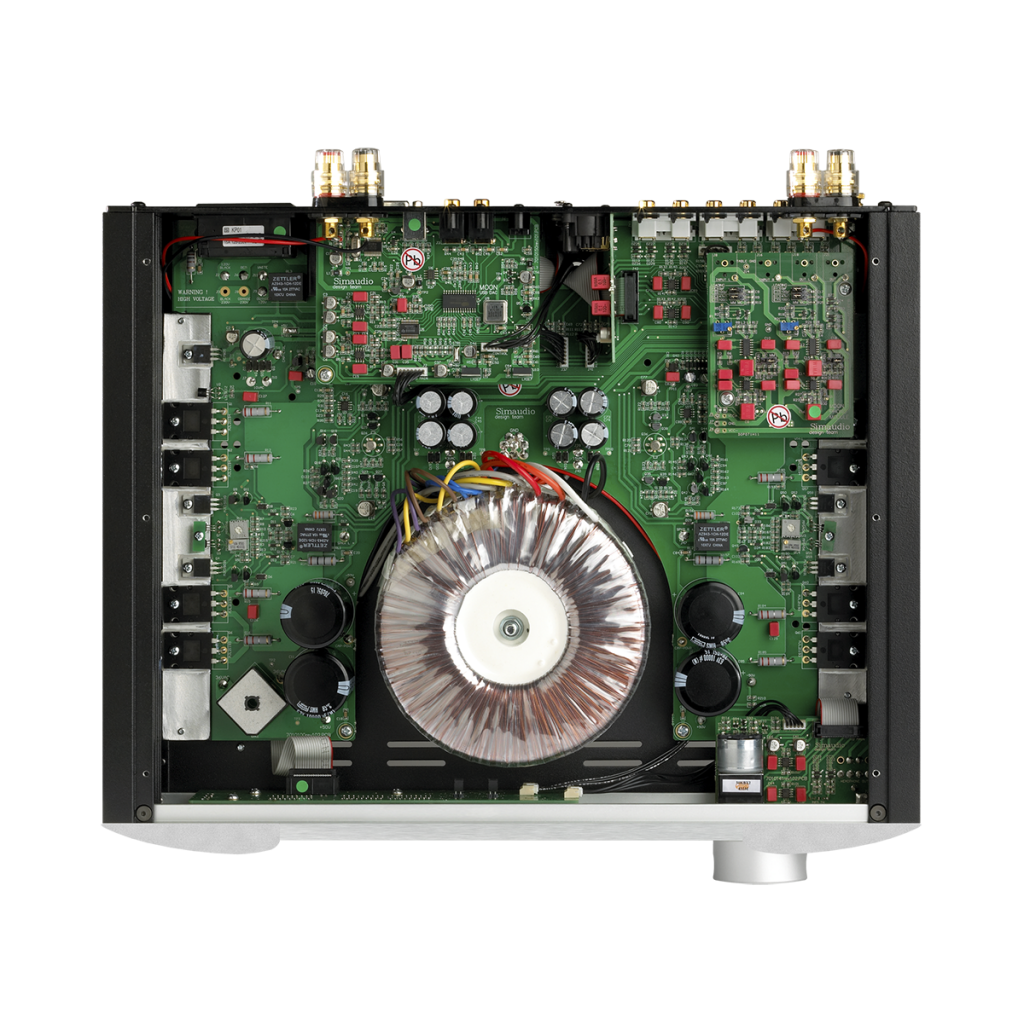
This wasn’t intended to be a review with an outright winner because that would only be our opinion, and as we’ve found, it wouldn’t align with everyone. What is abundantly clear though is that all four amplifiers are very capable, so the final choice would most likely depend on the musical genre and the expectations and sensibilities of the listener, and of course, their ancillary equipment – the Bel Canto C6i excelled in treble smoothness and naturalness of balance, the Cyrus i9 was tops for transparency and detail, while the Naim Supernait3 came up trumps for musical structure and definition. Any of these could be rightly chosen for their stand-out qualities, and if the listener has a strong leaning to certain types of music one of these could fit the bill perfectly, while the Moon 340iX forged a finely balanced amalgam of strengths across all genres giving it, in our opinion, the broadest appeal.

